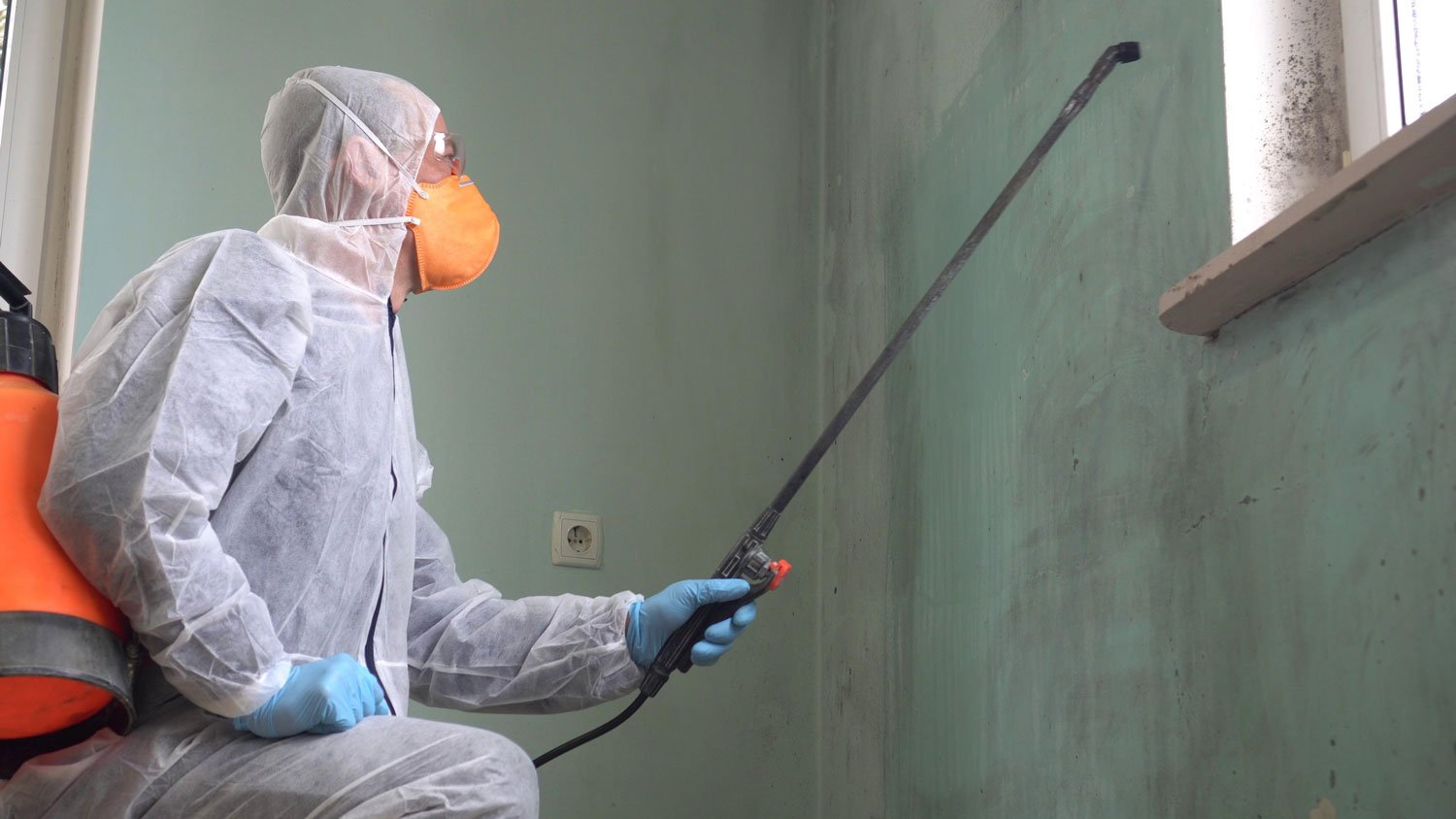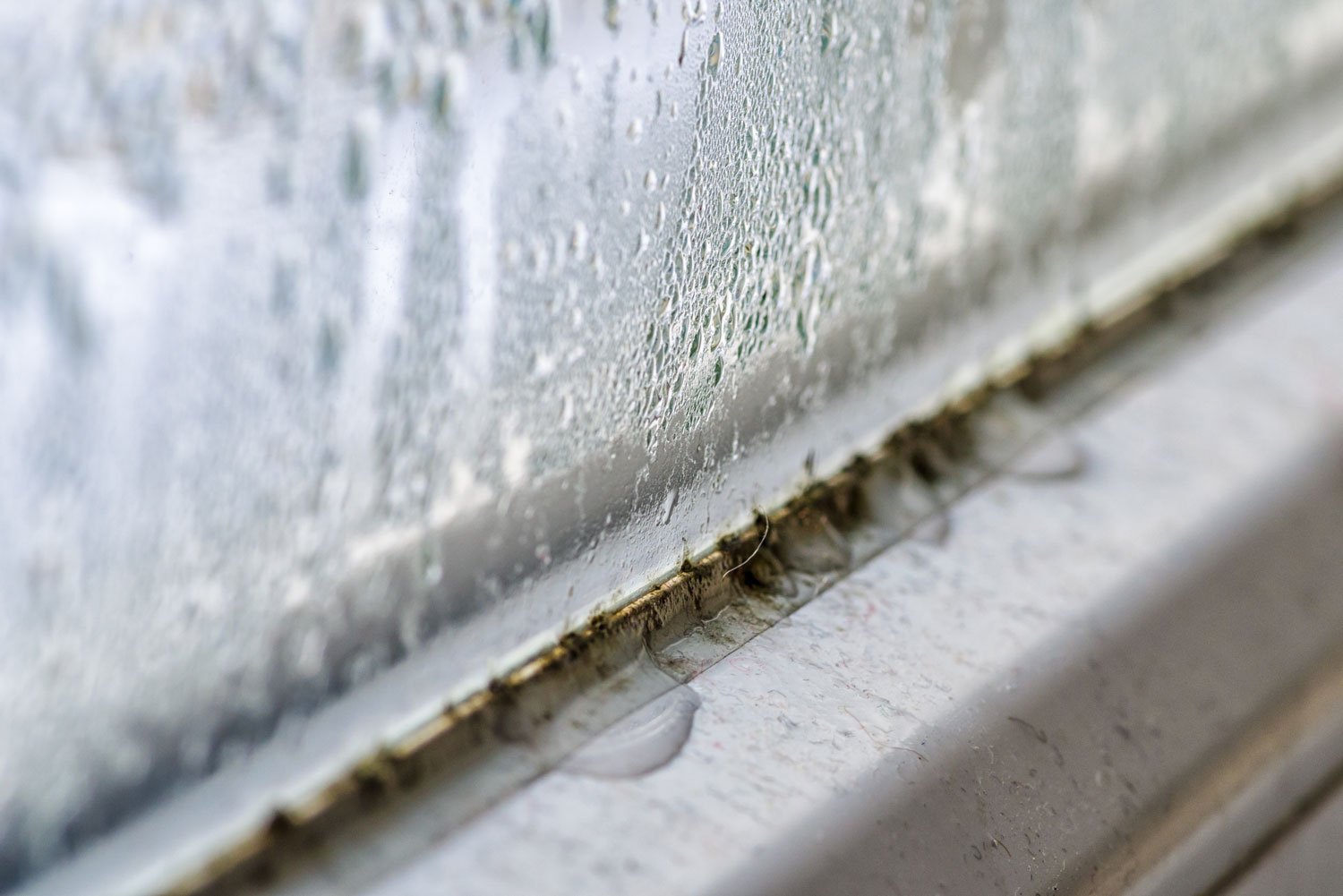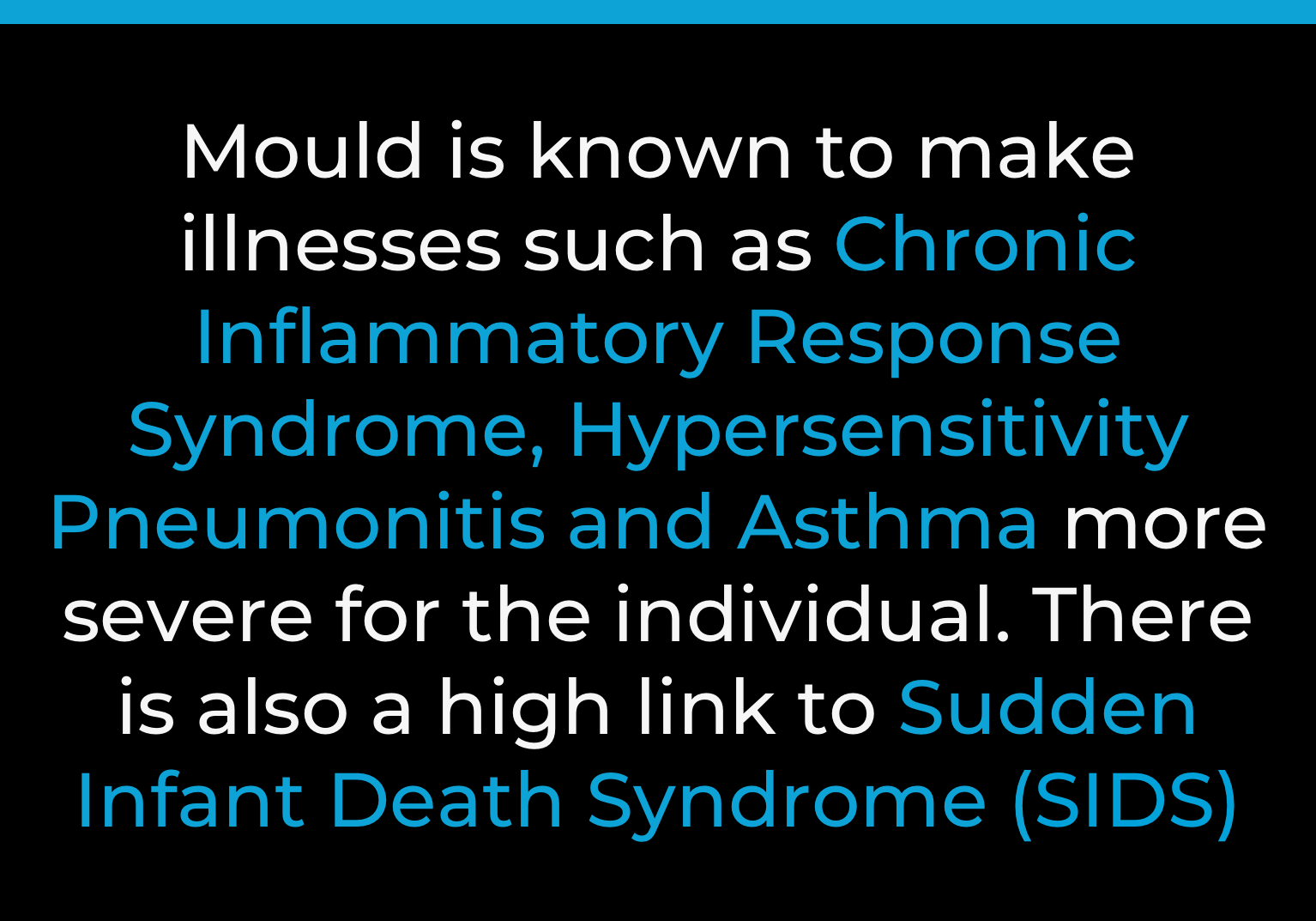How To Get Rid Of Mould

Before we understand how to remove mould, we first need to understand what mould is and what the common causes are.
You can’t be complacent when it comes to mould. Besides its unsightly appearance, the highly destructive fungus taints curtains, grout, walls, windowsills, furniture and can go as far as to spread to your mattress and pillows, you do not want to be breathing in the mould as you lay your head down to sleep.
Mould can damage property as well as any possessions inside, however, the most dangerous side, is that it makes spaces extremely dangerous for human habitation. Especially for newborn children, the elderly and anyone with an immune disorder. The spores or fragments within the mould can aggravate and cause respiratory conditions. Don’t just take our word for it. The NHS have a devoted page, raising awareness on the harmful problems mould can have on your health “Inhaling or touching mould spores may cause an allergic reaction, such as sneezing, a runny nose, red eyes and skin rash. Mould can also cause asthma attacks.”
The causes of mould
The answer to what causes mould in one word is……water. Five factors are needed to support and increase the fungus growth, but water is the one cause that can be readily contained indoors and is the one element that every species of mould desires to thrive. Three main causes contribute towards the growth of mould, these include;
Condensation
The most frequent form of mould originates from lack of or poor heating and ventilation. Condensation regularly appears when carrying out activities such as cooking, having a shower or drying clothes on the radiator. The level of humidity within the room raises with no escape. The now warm, moist air desperately clings to any surface of cool temperature. Thus, resulting in the moist air coming into contact with cold surfaces such as windows, walls, wallpaper, clothing etc. The outcome is the formation of small droplets hanging and running down the surfaces. This is a clear sign of condensation and can lead to decaying window frames, stained or smelling curtains and moulding on paint and wallpaper.

As warm air rises, the mould will often start to develop on the tops of the cold surfaces, the condensation produced will then drag mould toxins to the bottom of the surface. Now the mould spores will begin to develop at both ends of the surface.
Lifestyle habits
Adapting your lifestyle habits within your building can decrease the opportunity for mould to develop. Occasionally the property you may be living in might not have the best ventilation system. This means you will need to take extra precautions to eradicate the possibility of mould flourishing within your property. The next steps could benefit you greatly:
- Remember to keep a window open whenever you are cooking.
- If you don’t have a shower vent or the one you do have is weak, remember to open a window once you are out of the shower or bath for a minimum of 30 minutes.
- Dry your clothes outside if possible or alternatively an airing cupboard. If not, hang your clothes up in your bathroom and leave the extractor fan running. Keeping a window open for the entire duration is advisable and for at least 30 minutes after the clothes have dried.
Poor ventilation
Ventilation is so important when it comes to stopping the growth of mould. Condensation will not occur if proper ventilation is in place when you are cooking, showering or drying clothes inside. While opening a door or window is occasionally an option during the spring and summer seasons, it is not the best option during the autumn and winter seasons. To make sure your ventilation is on point, look into areas such as:
- Exterior vents are not blocked or broken.
- Roof vents should always remain open no matter the season to allow air to circulate through your home.
- Extractor fans are installed throughout bathrooms and above cooking areas.
- Dryer vents need to stay open. (This is especially important as it increases the chances of carbon dioxide building up which is extremely dangerous for your health.)
Ventilation within a building and house is so important, not just in the case of mould. You need fresh air to be circulating the house, if you don’t have this, the opportunity of airborne diseases transmission is at an all-time high. Your health and your loved one’s health could be compromised, simply because there is not enough fresh air circulating the house.
How to stop mould
Every homeowner is faced with the question of “To DIY or to not DIY” when it comes to mould. If you come across mould in your house or workplace, do not ignore it! Mould growth has always been a severe issue no matter the size; the fungus is not only difficult to eradicate, it releases toxic spores into the air and can also return at the drop of a hat if the conditions are conducive to its growth.
Two main types of mould can appear within a building:
- The everyday mould that normally, we can deal with, with common household products from the store.
- The problematic mould that requires the help of a professional.
Everyday mould
As stated before, with any species of mould, moisture is what mould thrives off. This is why mould is often found in poorly ventilated bathrooms and kitchens. Usually around the sinks, mirrors, windows and tops and bottoms of walls.

Problematic Mould
When to bring in a professional? It is recommended that in any case of mould, you should call an expert to treat and remove it. Cleaning the mould yourself is likely to cause mould spores to be released into the air, and without having the air treated, it risks mould spores being inhaled and spreading to other areas of the property.
The best piece of advice we can give, here at ICE Cleaning is, avoid cross-contamination at all costs. Any room that has become contaminated needs to be kept isolated from the other rooms via the airflow. Keep all doors closed, toxins and mould spores can travel airborne when it becomes moist enough, resulting in the toxins discovering a new area to fester. If remediate is prompt and efficient, you could save big.
Many people do not realise that the biggest issue with mould, is that it can turn from “easy to manage everyday mould” to “impossible to manage problematic mould” within a couple of days. A simple case of kitchen wall mould can turn into a tremendous problem that has spread to multiple rooms, if not noticed and handled within time and in the appropriate way.
For example, if mould spores start to creep in and settle into your subflooring or your drywall for more than a week, no amount of DIY can fix that problem.
However, that is where our ICE Cleaning specialists shine. Suppose mould has entirely run rampant within your home or office space. Soap, water, or even the best bleach out there is no longer going to stop or control the mould development. While you may have mould growing in your living room, that most likely is not the primary source of the growth. Therefore, merely getting rid of it is not going to deter it from reappearing, since the living room was not the area it originated from.
ICE Cleaning has specialist technicians with years of experience in the field of mould remediation, having dealt with all types of toxic growth. When you hire us, the first thing we do is thoroughly examine your home, top to bottom to find where the mould hotspot is and contain that specific infected area before we start disinfecting the rest of the house.
Once we have located and contained the initial mould hotspot area, we then remove any damaged items before we sanitise the area. Using state of the art equipment and high-performance anti-microbial solutions, we treat the surface of the mould, as-well-as eradicating any airborne contaminants that are roaming around your property.
Whether you are a landlord, tenant or homeowner we can also arrange a comprehensive technical survey to determine whether the mould is due to a lifestyle or structural issue which can typically help to see who’s at fault.
ICE Cleaning is a professional emergency response company providing mould remediation to businesses and organisations for over 15 years. We are happy to advise you.

Speak with me today,
I’m here to help
By asking you a few questions either via phone or email I can immediately provide a realistic estimation of the cost.
You’re in good company. We’ve cleaned for the following commercial clients… View all

Why choose us?
- Cater to a wide variety of cleaning situations
- Nationwide coverage, available 24/7
- Cater to commercial and domestic clients
- Free survey provided prior to quotation
- Emergency response team
- Offer a bespoke service designed to suit all your needs
- All technicians hold professional health and safety qualifications, including BICSc, IOSH, Dewpoint Professional & Safe Contractor
We’re fully accredited
We place best practise, professional expertise and health and safety at the core of our business. We’re fully compliant with all legal obligations. You can view a list of our accreditations below, or visit our Health & Safety page for more information.











-RGB-small.1707319151.jpg)




















